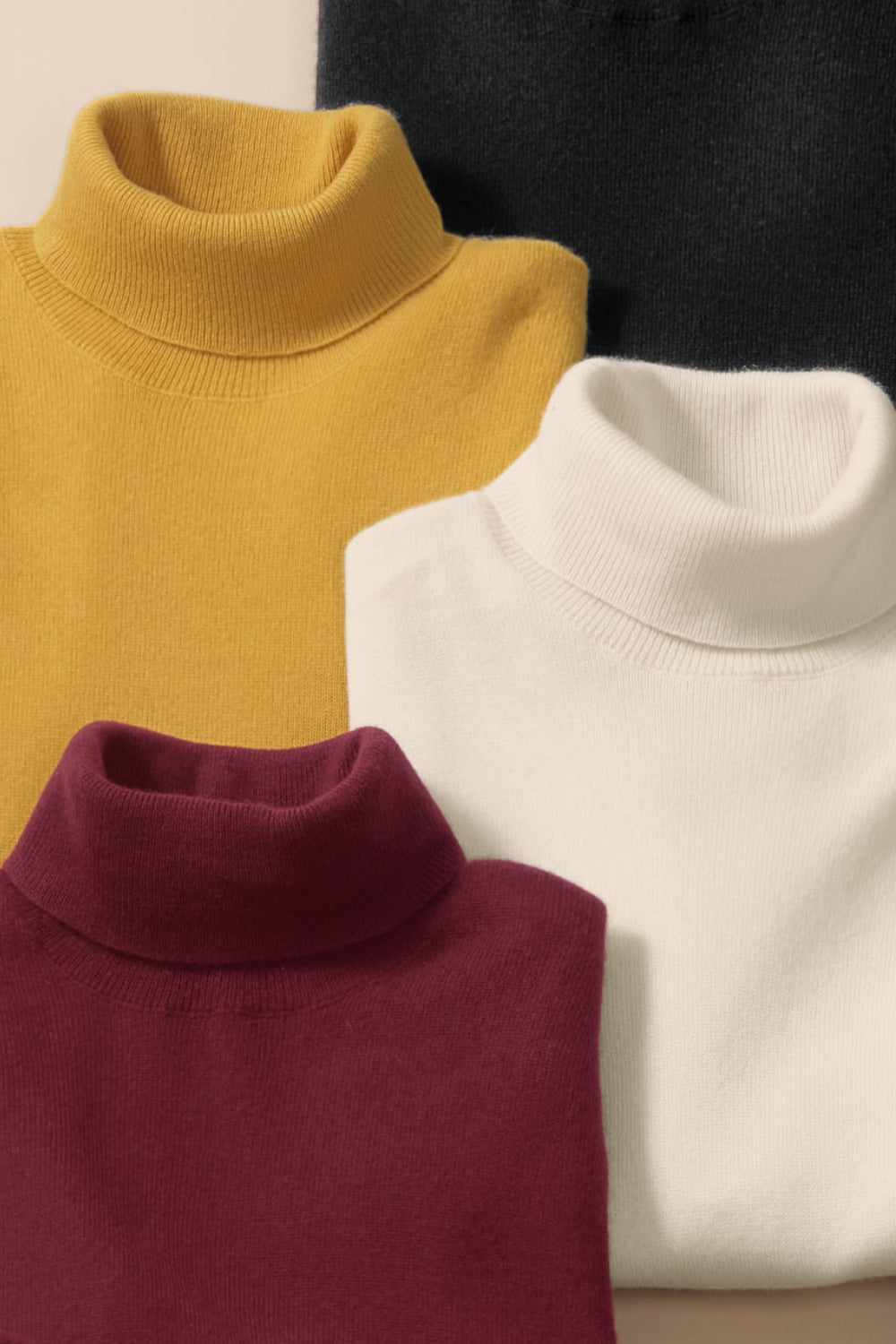How to Store Your Clothing Seasonally

Guys – it’s totally inevitable. The seasons are going to change, the weather will get cooler or warmer, and your wardrobe will have to follow suit. But with each season comes different must-have pieces that can take up a lot of room in your closet.
The solution? Storing your out-of-season clothes properly, of course. It’s the key to keeping off-season items ready-to-wear until they’re back in season.
But why such the hubbub about storing your clothes?
First off – your wardrobe is an investment. You spent precious time perfecting your look. You spent your hard-earned money purchasing all its contents. Your clothes are an investment – protect them like one!
Secondly, your wardrobe is an investment in your future. How so, you ask? Well, think about it in terms of being a means to get you what you want. Looking to get noticed for a promotion at work? You probably don’t want to be referred to as the guy in the musty smelling clothes. Same goes for wanting to make the perfect impression on a first date. Wrinkles, stains, and smells are a definite no-go. All in all, storing your clothes protects them, and you.
Proper Storage
Keeping your clothes properly stored each season will help extend the lifetime of your garments, therefore retaining their quality long-term. There are a few key ways to do so – read on to discover how.
Keep Everything Squeaky Clean
We mean it – always clean your clothes BEFORE you store them. That day-old coffee stain on your wool shirt? It definitely won’t look any better six months from now. Trust us here – having your clothes professionally cleaned before you put them away will help in the long run.
Don’t forget about the storage space, too! The storage space of your clothes absolutely needs to be thoroughly cleaned before you store them. This will help protect your clothes from preventable damage and keep them fresh for a longer period of time.
Additionally, be sure to remember – if you’re storing and hanging your pieces for longer than one month, put them in a breathable garment bag. This will limit dust gathering and potential environmental damage.
Location, Location, Location
When it comes to storing your clothes, it’s all about the location. Always look for a cool, dry place that is well ventilated for optimal conditions. Try to avoid direct sunlight or placing garments by a heat or air vent – this can cause fading and damage to the fabric.
To Hang or to Fold – That is the Question
Did you know that with different types of fabrics come different ways to store them? Folding or hanging depends on the strength, flexibility, and quality of the fabrics used to make each piece.
Wool
When it comes to wool, it’s all about type. Thick wools, such as Merino, can be hung when stored to maximize space. Always opt for a velvet hanger when hanging wool jackets to keep the fabric safe from damage.
When storing wool or wool blend pants, we always recommend hanging as well. Look for a thick wooden hanger that you can easily drape them over and make sure that they are hung evenly to decrease the chance of creasing.
Silk
Silks and silk blends are very easy to store long-term. These pieces can be easily hung up in the closet and stored in garment bags for access later. Look for a velvet hanger for silks to ensure that they remain on the hanger through their off-season – with wooden hangers, they may slip off!
Cotton
Cotton is one of the easiest pieces to store due to its resiliency and ease of cleaning. This type of fabric can be folded or hung when put away – sometimes you can even roll them up! If you decide to fold these pieces, be sure that you store them in an airtight container – if cotton gets damp, it tends to mildew!
Don’t Use Cardboard
Whatever you do – do not store your clothes in cardboard! Not only is cardboard acidic and really does not protect against the elements but it also tends to attract pests. The solution? Opt for a clear sealable plastic container. This will keep your clothes totally protected and allow you to see which pieces are stored where. Bonus!
Avoiding Mothballs
Please, for the love of your clothes, ignore your grandma’s advice – mothballs are not for you. Not only do they smell terrible, but they are currently under investigation in Europe for being flammable and containing toxic chemicals. Yikes! Instead of mothballs, go for fresh cedar, lavender or lemon peel rinds as a safe alternative that. Smells great!
Seasonal Tips
Did you know that different seasons sometimes need different types of storage? Wild, right? Due to the crazy changes in weather, humidity, and sunlight that comes with each season, you’ll have to make sure to update your storage habits to keep your clothes protected all year long.
Summer
When it comes to summer, there are a few things you can expect regardless of geography: heat, dry conditions, and more intense sunlight. To combat these conditions, you need to make sure that your pieces are stored in a cool, dry place that is out of direct sunlight. Avoid putting your out-of-season clothes in hot attics or basements – the humidity can cause damage to the fabric fibers.
Winter
On the other hand, winter brings the cool and damp weather with less intense sunlight. To keep your pieces safe in these conditions, you need to make sure to avoid unventilated spaces. These can be traps when you’re running central heat and can cause damage to the fabrics long-term. Look for places that are cool and dry and very well-ventilated, like a hallway closet.























